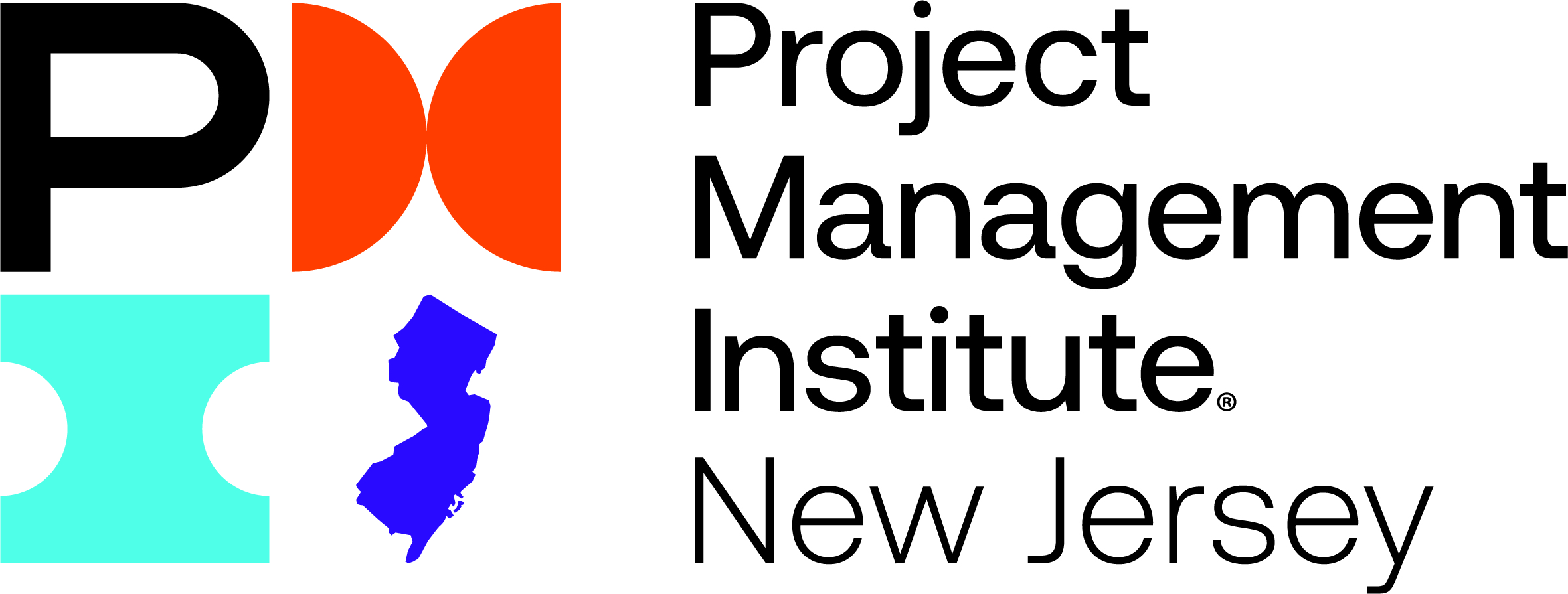Have you noticed there always seems to be a “secret sauce” for success? For Project Managers, you may think it is a technical skill. However, I believe the “secret sauce” for Project Managers is empathy.
What is empathy? According to Simon Sinek, “Empathy is being concerned about the human being, not just their output”. As Project Managers, it is so easy to focus primarily on time, budgets, and humans doing their project related tasks and to forget that at the core of it all are human beings not human doers. And human beings are social creatures that need relationships and connections to thrive. Empathy is an enabler for building relationships and connections and ultimately creating a culture of trust and innovation. Steve Payne, Vice-Chair of Consulting, EY Americas stated that “Empathy is not only a nice-to-have but the glue and accelerant for business transformation in the next era of business.”
Why is empathy so important for Project Managers? Empathy enables Project Managers to build strong relationships with not only their team members but also stakeholders, and ultimately their clients and customers. Empathetic Project Managers invest the time to understand the feelings, views and needs of their team, stakeholders, clients / customers. This in turn leads to better communication, teamwork and ultimately project outcomes.
Rajesh Bhagia from IBM provides the following ways in which empathy can help Project Managers in their roles:
- Building trust: Empathetic Project Managers understand their team members' concerns and feelings, which helps them to build trust with their team. This trust can lead to open communication, collaboration, and better project outcomes.
- Improving communication: When Project Managers are empathetic, they can better communicate with their team members and stakeholders, thereby leading to more effective understanding.
- Motivating team members: By understanding their team members' needs and desires, empathetic Project Managers can motivate and encourage their team members to work towards the common goal of project success.
- Resolving conflicts: Empathy allows Project Managers to see the situation from all perspectives, which can help them to identify the root cause of conflicts and work towards a resolution that meets the needs of all parties involved.
- Delivering successful projects: By building strong relationships with their team members and stakeholders, Project Managers can create a positive work environment that fosters teamwork, innovation, and project success.
Empathy comes naturally to some, but not all, people. The good news is that empathy can be learned. And, even if you consider yourself empathetic, there is always an opportunity to evolve. The following are some tips for boosting and showing your empathy:
- Travel to new places to experience other cultures and perspectives
- Learn a new skill that takes you out of your comfort zone
- Read materials that explore emotions and relationships
- Examine any personal biases that prevent you from being empathetic
- Listen without interrupting
- Smile more when interacting
- Ask for the other person’s opinion on what to do
- Be aware of non-verbal communication
- Open up about yourself and show vulnerability
- Show patience and express yourself calmly
- Ask the other person to further explain their position
- Don’t multitask during conversations
- Be more flexible and option to changing plans or directions
And what about empathy specifically from a life science project’s viewpoint? Drugs, medical devices, and other healthcare products improve the quality of life, and in some cases are life-sustaining, for patients – who are among our stakeholders as beneficiaries of our project outcomes. As Project Managers and Leaders, how can we help our teams think about incorporating empathy into how our products are developed to meet patient needs? How can the “Voice of the Customer”, e.g., perspectives of both patients and users (users are anyone administering care, ranging from clinicians to lay people to the patients themselves) – be incorporated during the product development process and even beyond into postmarket? A few concepts:
- Employ patient advocacy to ensure clinical trial recruitment incorporates the breadth of appropriate patient populations, and informed consent incorporates patient perspectives
- Implement a robust usability / human factors evaluation for devices under development, including workflows, and understand that usability can include emotional aspects associated with using the device
- Consider how patient care-specific communications could become more personalized, to potentially increase patient adherence to therapeutic regimens
Regulatory agencies and competent health authorities understand the importance of patient perspectives and are driving the incorporation of patient engagement into drug and device development, including clinical trials. For example, FDA has a Patient Engagement program and has published guidance on how to include patient perspectives - a few links here for reference:
FDA Patient Engagement Overview* | FDA
CDER Patient-Focused Drug Development | FDA
Patient Preference Information (PPI) in Medical
Device Decision Making | FDA
Patient Engagement in the Design and Conduct of Medical Device Clinical Studies (fda.gov)
Empathy is one of our many Project Management “Power Skills” needed to achieve project outcomes that meet requirements and fulfill stakeholder expectations.
If you are interested in learning more about empathy and Project Management, read the following PMI article: Do You Exhibit Empathy As a Project Manager?





